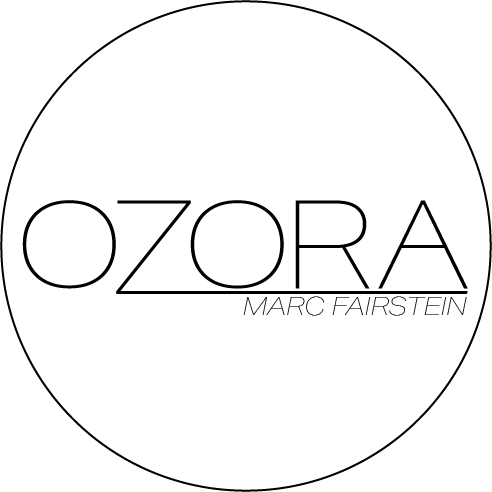Hiring an Architectural Photographer? Ask These Questions
Selecting the right architectural photographer is crucial to showcasing your designs with the precision and artistry they deserve. At OZORACO, we understand the nuances of architectural photography and offer the following insights to guide you in making an informed decision:
1. Why Invest in Professional Architectural Photography?
High-quality imagery is essential for architects, designers, and builders aiming to highlight the uniqueness of their work. Professional photographs not only enhance your portfolio but also attract potential clients and publications. In today’s visually driven industry, outstanding photography is crucial for effective marketing and brand building. High-quality architectural photographs significantly enhance portfolios, websites, and promotional materials, making them more appealing to prospective clients and investors. stacymarkow
2. What Distinguishes Architectural Photography from Real Estate Photography?
While both fields involve capturing structures, architectural photography focuses on the design’s artistic and functional aspects, often requiring meticulous planning and specialized techniques to convey the architect’s vision accurately. In contrast, real estate photography aims to showcase properties to potential buyers or renters, emphasizing space and livability. Understanding this distinction ensures your project’s essence is authentically represented. allenmowery
3. How Do I Find the Right Architectural Photographer?
Seek photographers with a robust portfolio in architectural work. Local professionals offer advantages like familiarity with regional aesthetics and easier logistics. For instance, searching “Martha’s Vineyard Architectural Photographer” can yield specialized local talent. Reviewing a photographer’s portfolio provides insight into their style and expertise, ensuring alignment with your project’s vision. neilshelbylong
4. What Should I Expect During the Photography Process?
A comprehensive approach includes:
- Pre-Shoot Planning: Discussions to understand your vision, site visits, and scheduling to capture optimal lighting.
- The Photoshoot: Attention to detail in composition, lighting, and staging to highlight key design elements.
- Post-Production: Editing to enhance images while maintaining architectural integrity.
Clear communication throughout these stages ensures the final images meet your expectations. shupestudios
5. How Many Images Are Typically Delivered?
The number varies based on project scope. On average, a half-day shoot may yield 8-16 images, while a full-day shoot can produce 16-32 images, focusing on quality over quantity. Discussing your specific needs with the photographer will provide a clearer expectation.
6. What is a Pre-Shoot Brief, and Why is it Important?
A pre-shoot brief outlines the project’s objectives, desired shots, and logistical details, ensuring alignment between you and the photographer for a seamless shoot. Providing comprehensive information upfront allows the photographer to plan effectively and capture your vision accurately. shupestudios
7. How Can I Maximize the Photoshoot’s Efficiency?
Preparation is key:
- Preparation: Ensure the space is clean and staged as desired.
- Shot List: Collaborate on a list of must-have shots.
- Flexibility: Be adaptable to changes in weather or lighting conditions.
Being well-prepared facilitates a smooth and productive photoshoot.
8. What Are the Costs Involved?
Costs depend on factors like project complexity, shoot duration, and image usage rights. Discussing your budget and expectations upfront ensures clarity. Investing in professional architectural photography can result in a significant return on investment by attracting new clients and enhancing your brand’s image. allenmowery
9. Is Cost-Sharing an Option?
Collaborating with other stakeholders (e.g., interior designers, builders) to share photography costs can be mutually beneficial, providing high-quality images for all parties at a shared expense. This approach maximizes resources and showcases the collective effort involved in the project. AGOLDBERGPHOTO
10. What Should I Know About Image Licensing and Usage Rights?
Typically, photographers retain copyright, granting clients specific usage rights. Clarify how you intend to use the images (e.g., marketing, publications) to secure appropriate licenses. Understanding the terms of use ensures compliance and avoids potential legal issues. Architectural Digest
11. Who Owns the Copyright to the Images?
Generally, the photographer retains copyright. However, usage rights are granted to the client as per the agreed terms. Discussing these details beforehand ensures mutual understanding and respect for intellectual property.
12. Can I Share Images with Third Parties?
Sharing images with third parties (e.g., collaborators, publications) typically requires additional licensing or permissions. Always discuss this with your photographer to avoid infringements. Clear agreements prevent misunderstandings and protect all parties involved.
13. What is the Photographer’s Post-Processing Workflow?
Understanding the editing process ensures the final images meet your standards. Inquire about the extent of retouching and expected delivery timelines. A transparent post-production workflow reflects the photographer’s professionalism and commitment to quality. shupestudios
14. How Do You Handle Revisions?
Establish the process for requesting edits, including any associated costs and the number of revisions included. Clear communication about revisions ensures satisfaction with the final images.
15. What is Your Policy on Cancellations or Rescheduling?
Life is unpredictable. Understanding the photographer’s policies on cancellations or rescheduling, especially concerning weather-dependent shoots, helps in planning and avoiding potential fees. Having this information upfront allows for flexibility and informed decision-making.
